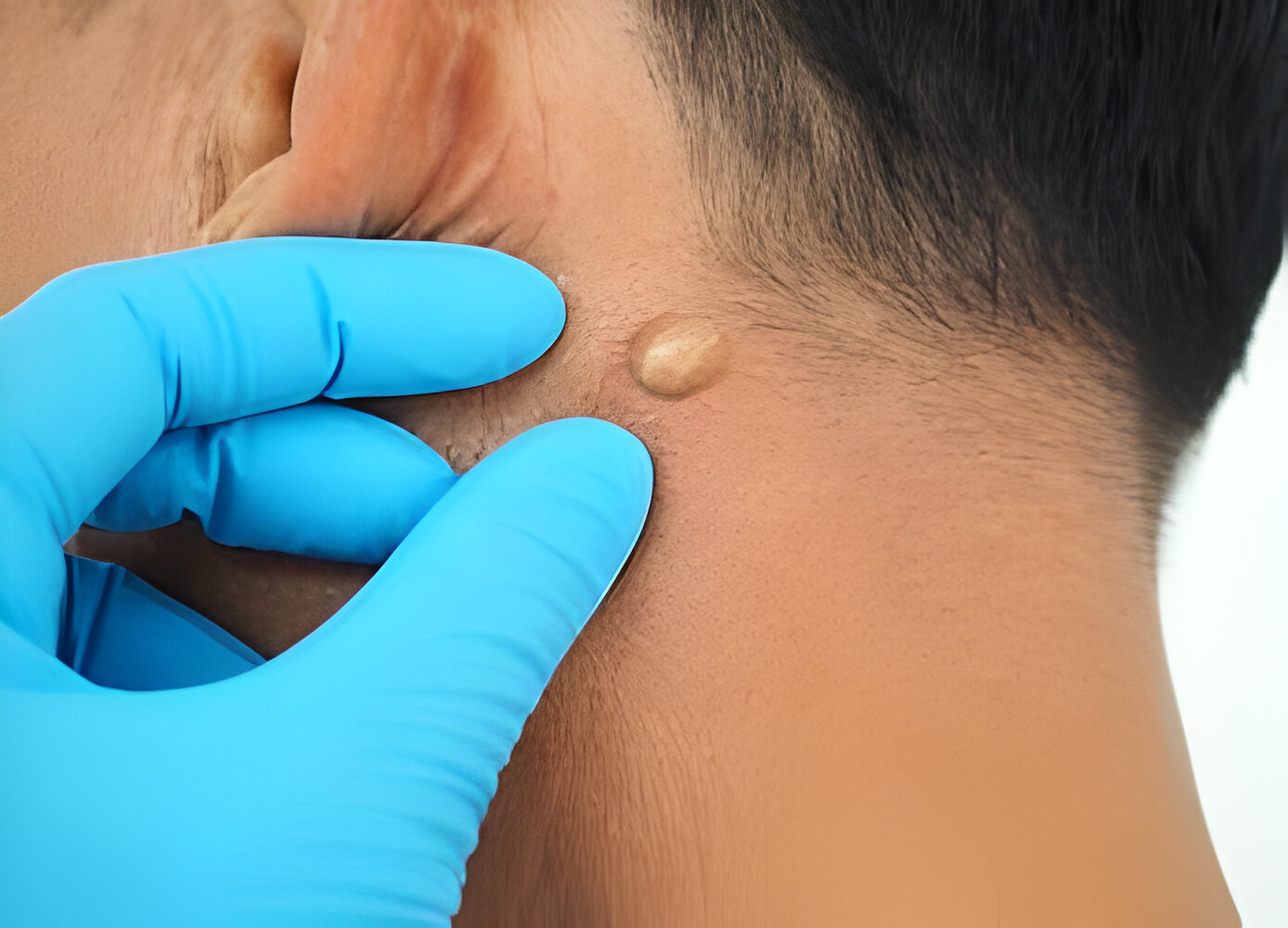Lipoma are fatty growths that appear as round or oval-shaped rubbery lumps. They’re encapsulated and don’t spread to the tissues around them.
Lipoma isn’t a serious condition. But you should get it checked out to be sure it isn’t cancer.
Doctors don’t know what causes lipomas. But they tend to form in middle-aged people between 40 and 60. They also seem to run in families.
Causes of Lipoma
Lipomas are a common growth under the skin that arise from fat cells. They are benign (non-cancerous) and most often occur under the shoulders, chest, arms, and trunk. They are soft, moveable and typically harmless, though they may be a bit uncomfortable if they encroach on joints, nerves, or blood vessels. It is important to see a doctor for a proper diagnosis and determining whether the growth needs to be removed. If it is small, most healthcare providers recommend leaving it alone.
Unlike cancerous tumors, which tend to spread or grow, lipomas are usually slow-growing and remain in one place. They are also less likely to be painful than other types of lumps. The growths are typically soft and rubbery, and you can gently push on them with your fingers. They are found mostly under the skin, though some form in muscles or internal organs. They are usually between 2 and 10 centimeters in diameter, although “giant” lipomas have been reported in some patients.
Doctors aren’t sure what causes these growths to form. They are most common in people between 40 and 60 years old, and they can appear anywhere on the body. They also tend to run in families. Occasionally, they develop after an injury or trauma. They can also be a symptom of a rare condition called Madelung’s disease or hereditary multiple lipomatosis, which affects men with Mediterranean ancestry and causes painful lipomas in the arms, legs, back, chest, and face.
Symptoms of Lipoma
Lipomas are rounded lumps that usually feel soft and rubbery, but they can grow to be quite large. They can occur anywhere on the body, but they most often develop under the skin in the shoulders, chest, trunk, abdomen and thighs. Rarely, they can also form in the muscles and internal organs. They are painless, unless they become compressed (pressed on by other structures) and can be moved easily beneath the skin with finger pressure.
Most lipomas are slow-growing and do not need treatment. However, a large one might cause discomfort or be painful. They can also block off nerves, or interfere with breathing or digestion. Your doctor will be able to feel and examine your lump, and will ask you about any symptoms you have. Your doctor might also suggest an ultrasound scan, MRI or CT scan to get more detailed information about your lump and check for changes over time.
It is not known what causes lipomas, but there are some factors that make you more likely to develop them. These include genetics, certain inherited conditions (like hereditary multiple lipomatosis or Gardner syndrome) and adipose tissue disorders. Experiencing a direct impact on a particular area of soft tissue, like being hit or falling hard on the neck or torso, can also increase your chance of developing them.
Diagnosis
Lipomas are slow-growing fatty tumors that usually form between the skin and the underlying muscle layer. They are most common in middle age and sometimes people develop several. These non-cancerous (benign) lumps feel doughy and rubbery when touched, are not painful, and move readily with slight finger pressure. They tend to grow in a smooth, round shape, but some have more irregular shapes.
We don’t know why these fatty tumors form. They are not cancer, but they may become cancerous if you have an inherited genetic mutation called familial multiple lipomatosis. This condition runs in families and it occurs most frequently in middle age.
To make a diagnosis, your doctor will feel and look at the lump. They will ask you about the lump’s symptoms and if it has changed in size. They may order imaging tests such as ultrasound, MRI, or CT scans if they want to see more detail or the lump is in an area that’s difficult to examine.
A fine needle aspiration biopsy may be needed to confirm the diagnosis. This involves numbing the lump with local anesthesia, then inserting a needle to draw a sample of the mass for laboratory testing. This is the only test that can distinguish a lipoma from other types of soft tissue tumors. It also shows if the mass contains mature fat cells and whether there is any other abnormal tissue present.
Treatment of Lipoma
Lipomas grow slowly, are non-cancerous, and usually don’t cause pain unless they press on nerves or blood vessels. They also don’t recur after they are removed. However, if a lipoma is large or painful, it may be necessary to remove it to avoid complications.
To diagnose a lipoma, your doctor will give you a physical exam and ask about your family history. They will then take an imaging test, like an ultrasound or a computed tomography (CT) scan. These tests can give your provider a better view of the fat in the area where the tumor is located. An magnetic resonance imaging (MRI) can also help your provider see if the tumor is made of fat cells and isn’t another type of tumor, such as a liposarcoma.
If a lump is found, it will likely be removed with a surgical procedure called excision. Your doctor will inject you with a local anesthetic to numb the area where the lump is. They will then make a small cut in the skin and remove the growth. They will then suture the wound.
Sometimes a biopsy is needed to confirm that the lump is a lipoma and not another tumor. Your provider will give you a local anesthetic, and then use a needle to extract a sample of tissue from the lump for examination under a microscope.
